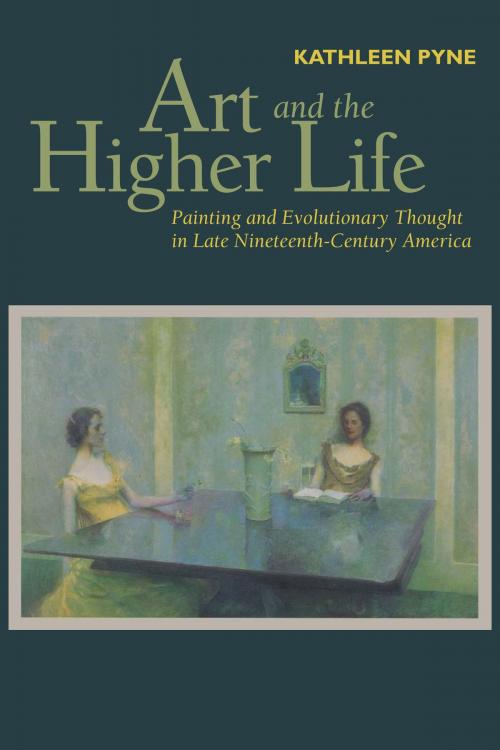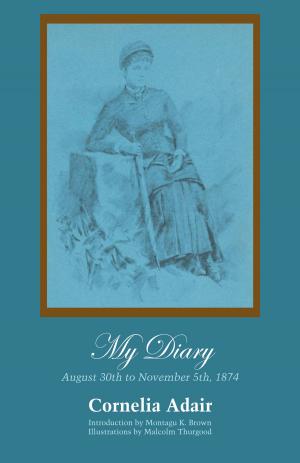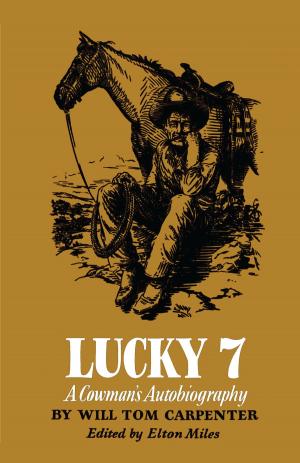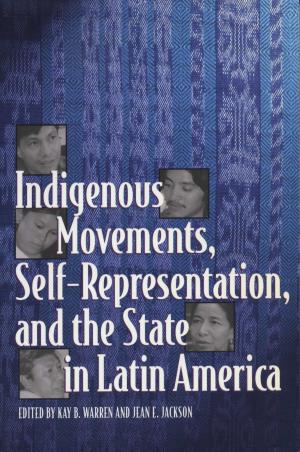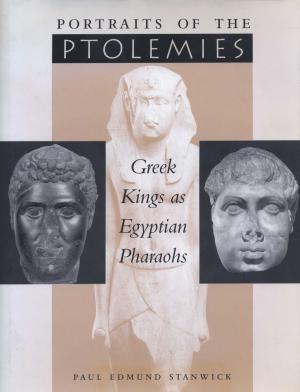Art and the Higher Life
Painting and Evolutionary Thought in Late Nineteenth-Century America
Nonfiction, Art & Architecture, General Art, Art History, American| Author: | Kathleen Pyne | ISBN: | 9780292786042 |
| Publisher: | University of Texas Press | Publication: | July 22, 2010 |
| Imprint: | University of Texas Press | Language: | English |
| Author: | Kathleen Pyne |
| ISBN: | 9780292786042 |
| Publisher: | University of Texas Press |
| Publication: | July 22, 2010 |
| Imprint: | University of Texas Press |
| Language: | English |
Late in the nineteenth century, many Americans were troubled by the theories of Charles Darwin, which contradicted both traditional Christian teachings and the idea of human supremacy over nature, and by an influx of foreign immigrants, who challenged the supremacy of the old Anglo-Saxon elite. In response, many people drew comfort from the theories of philosopher Herbert Spencer, who held that human society inevitably develops towards higher and more spiritual forms. In this illuminating study, Kathleen Pyne explores how Spencer's theories influenced a generation of American artists. She shows how the painters of the 1880s and 1890s, particularly John La Farge, James McNeill Whistler, Thomas Dewing and the Boston school, and the impressionist painters of the Ten, developed an art dedicated to social refinement and spiritual ideals and to defending the Anglo-Saxon elite of which they were members. This linking of visual culture to the problematic conditions of American life radically reinterprets the most important trends in late nineteenth-century American painting.
Late in the nineteenth century, many Americans were troubled by the theories of Charles Darwin, which contradicted both traditional Christian teachings and the idea of human supremacy over nature, and by an influx of foreign immigrants, who challenged the supremacy of the old Anglo-Saxon elite. In response, many people drew comfort from the theories of philosopher Herbert Spencer, who held that human society inevitably develops towards higher and more spiritual forms. In this illuminating study, Kathleen Pyne explores how Spencer's theories influenced a generation of American artists. She shows how the painters of the 1880s and 1890s, particularly John La Farge, James McNeill Whistler, Thomas Dewing and the Boston school, and the impressionist painters of the Ten, developed an art dedicated to social refinement and spiritual ideals and to defending the Anglo-Saxon elite of which they were members. This linking of visual culture to the problematic conditions of American life radically reinterprets the most important trends in late nineteenth-century American painting.
